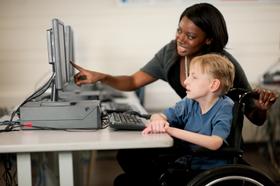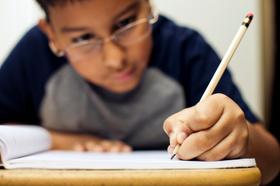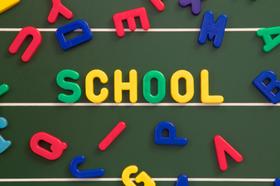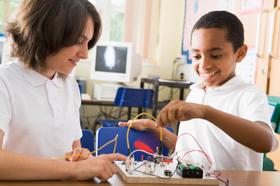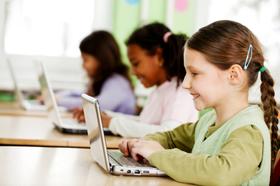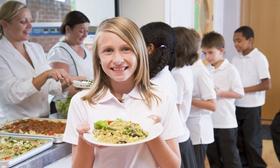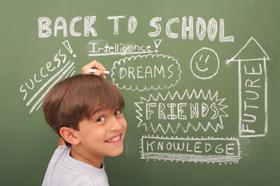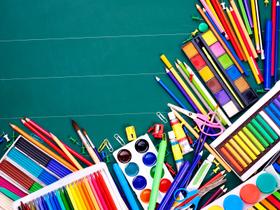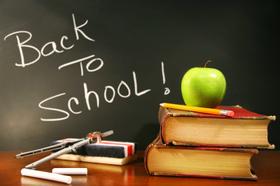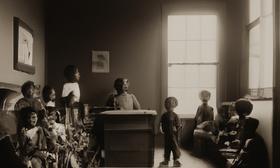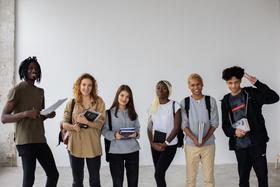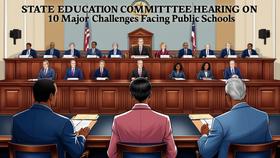Inmates in America’s prisons are protected from corporal punishment, yet it is a system of discipline that still exists in public schools in nineteen states. Teachers and principals are allowed to strike a child, either with a paddle, an open hand, or, in some cases, a ruler, to punish them. Students may be struck on the bottom of the upper thighs. Generally speaking, students are directed to bend over a desk or chair while a school official administers the punishment. For safety purposes, it is usually witnessed by another school official, but sometimes, the punishment is neither discussed nor approved by the child’s parents.
The vast majority of states that still allow these punishments are in the Deep South, where large populations of students of color – especially African Americans – comprise the student bodies of public schools. Texas leads the way with over 10,000 cases of spanking or paddling each year. However, some states in the West, including Wyoming, Idaho, and Arizona, also allow corporal punishment.
While these states still allow corporal punishment, many of their school districts have taken it upon themselves to ban the practice. However, many school districts persist in using spanking and paddling as punishment. In fact, according to the Department of Education, each year, hundreds of thousands of students are subjected to corporal punishment. While some districts in larger, urban schools still employ the practice, it occurs mostly in smaller, rural communities. The Department of Education reports that of these



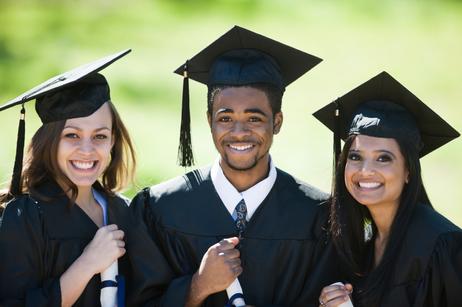
 Graph from
Graph from 




